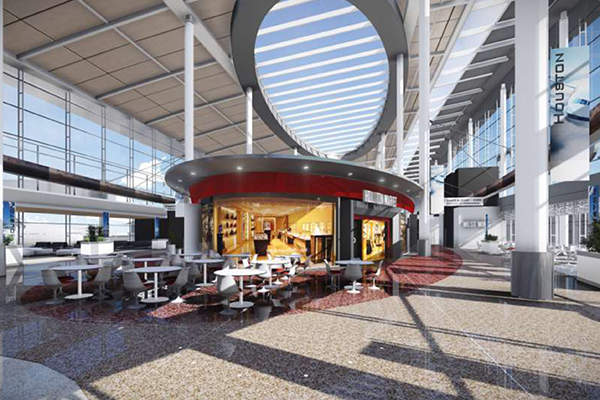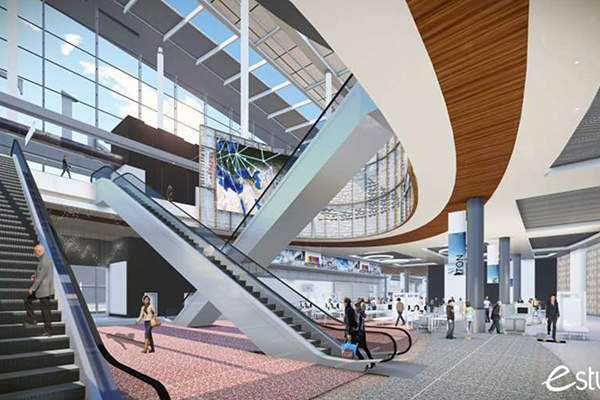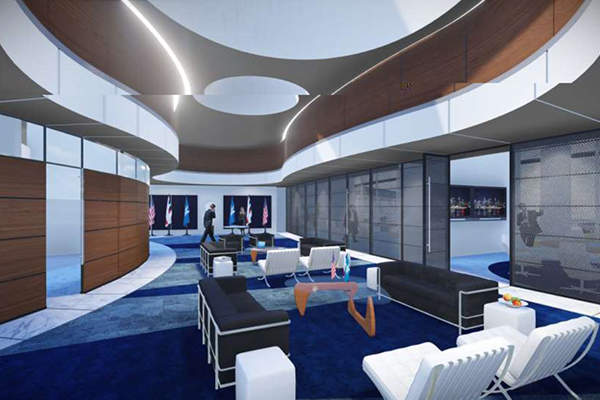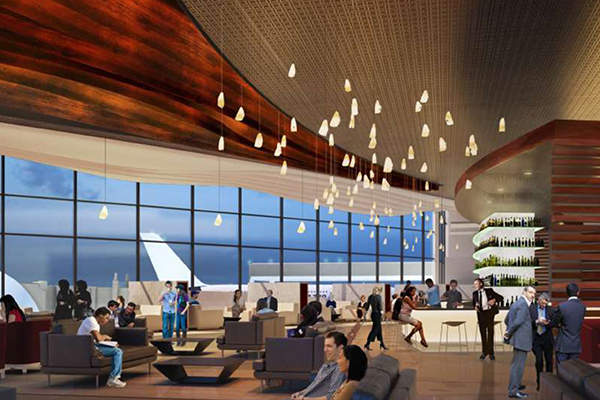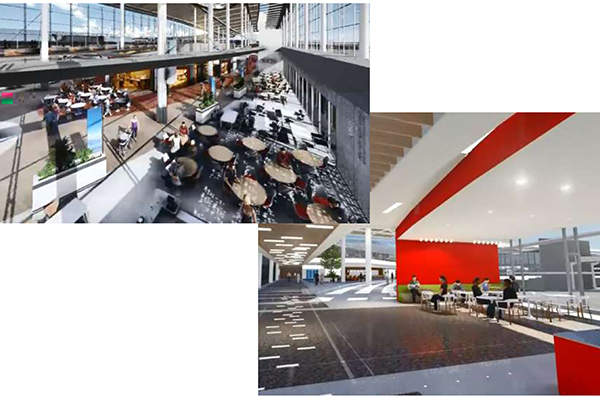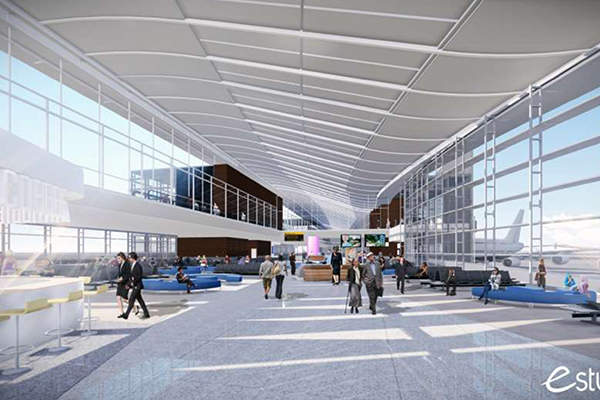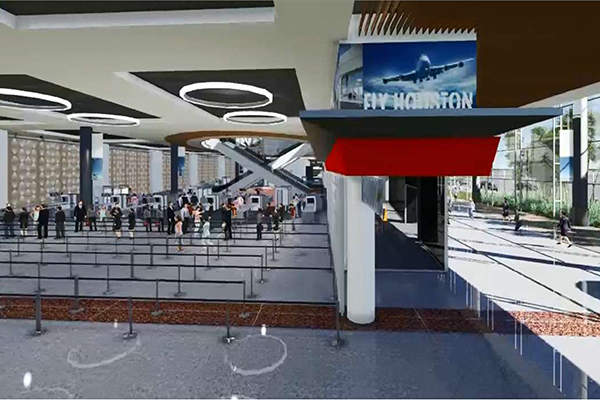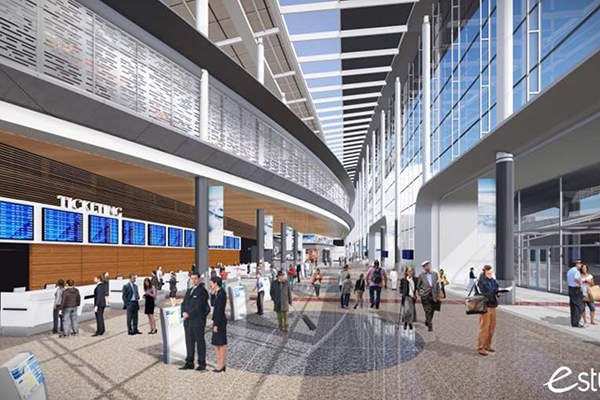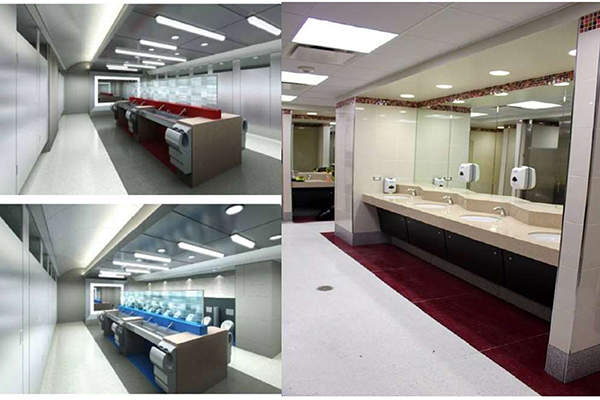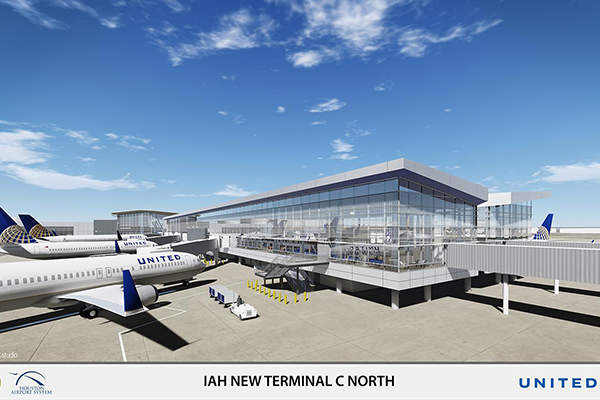George Bush Intercontinental Airport (IAH), one of the busiest airports in the US serving the greater Houston metropolitan area, is set for a major expansion and refurbishment project to maintain its momentum as an international hub.
The expansion includes the replacement of the ageing Terminal D with a new state-of-the-art facility to make the airport ready for the future. The new terminal will be known as Mickey Leland Intercontinental Terminal (MLIT).
The project is a part of the airport’s capital development programme, which also includes modernisation and expansion of Terminal C North and Terminal B North.
Houston Airport System, the operator of IAH, collaborated with United Airlines and other flagship carriers that are in need of additional international arrival gates at the airport, for construction of the new terminal.
New international terminal D background
George Bush Intercontinental Airport is a vital economic engine for the Houston region’s strong economy. The airport, with five passenger terminals, currently serves more than 70 national and international destinations.
As it continues to broaden its reach and enhance its global connectivity, the international services call for a major expansion.
Terminal D, which was built in 1990, primarily serves international flights and ensures efficient international operations at the airport. The terminal has 12 gates and houses 13 airlines carrying more than 2.4 million passengers a year.
The terminal is operating at maximum capacity during peak hours and requires expansion and modernisation to accommodate anticipated growth.
Additionally, a number of major systems and amenities at the terminal need to be updated to meet current building codes and operational standards.
The funding and phasing plan of the new international terminal building was approved by Houston City Council in June 2014.
Houston Airport System signed a memorandum of agreement (MOA) with Chicago-based United Airlines, which operates approximately 80% of the flights at the airport.
The MOA will allow the airlines to support the project through logistical phasing and also enhance an existing funding mechanism employed by the airport to secure funding for infrastructure development projects.
Mickey Leland terminal design and features
The new terminal will be bigger than the existing terminal in terms of size and operational capability. The building’s aesthetics will be enhanced through a contemporary design that brings natural light into the facility and makes it easy for passengers to travel through the space.
Expansion and refurbishment includes the demolition of the 20-year-old terminal building and construction of a new state-of-art facility that will reiterate the image of George Bush airport as a premier global gateway.
The new building will have a built-up area of 780,000ft² and feature a total of 15 gates that will be capable of accommodating wide-body aircraft.
Four gates will be able to handle Group VI aircraft such as the Airbus A380. The terminal will also feature two piers D1 and D2 and will be capable of handling 15 wide-body aircraft.
Passenger facilities at the terminal will include spacious ticket counters, an expanded security checkpoint, waiting lounges, modern concessions, clubrooms and modern bathrooms.
Financing for the new terminal at George Bush intercontinental airport
Estimated investment for the project is between $700m and $900m.
Houston Airport System will fund the investment through sources, including pay-as-you-go financing and new General Airport Revenue Bonds (GARBS).
It will also raise the passenger facility charge (PFC) at both IAH and William P Hobby Airport from $3 to $4.50. Funds collected though the PFC will be used for the structural improvement of the airport.
United Airlines, which operates exclusively in Terminals B, C and E, will fund the Terminal B north project. The airlines’ operations in Terminal C will be moved to the Terminal B during the construction of the MLIT.

